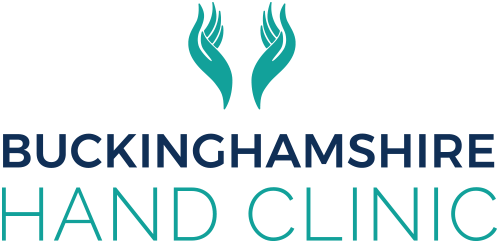The field of hand and wrist surgery has developed into a specialty of its own with tremendous progress in the understanding of the anatomy and biomechanics. There has also been a significant advance in our understanding of the pathology of conditions affecting the hand and wrist.
Movements of the hand and wrist are integral to many activities of daily living, work, hobbies and sports. The functional activities of tendons, muscles, nerves, blood vessels and the joints are intricately connected and finely balanced. These structures are covered by highly specialised skin which not only provides protection but also is crucial to grip and sensory perception. Any change in one of the structures is therefore likely to affect the hand as a whole.
De Quervain’s disease
The tendons that extend the wrist, fingers and the thumb run in tunnels or compartments at the back of the wrist. De Quervain’s disease occurs when gliding movement of the tendons that move the thumb is affected in the tunnel.
Symptoms: Pain is felt over the outer (thumb) aspect of the wrist, especially with certain movements of the wrist and the thumb. The condition is often seen in women soon after child birth.
Investigations: The diagnosis is made clinically. Occasionally an ultrasound scan or a MRI scan may be requested to confirm diagnosis and exclude other causes of pain.
Treatment: Symptoms usually resolve with steroid injection, splintage and hand therapy. Surgical release is occasionally needed if other measures fail.
De Quervain’s release
Anaesthesia: local, regional or general
Procedure: The roof of the tunnel is released through an incision over the painful area at the wrist. The tendons and the compartment are carefully inspected for anatomical variations (multiple tendons or compartments). Absorbable skin sutures are used and a bulky bandage is applied.
Post-operative recovery:
Finger movements and use of the hand for light activities are commenced straightaway.
Simple painkillers like paracetamol and ibuprofen for 3-4 days is often all that is needed to avoid pain. It is important to take the painkillers soon after the operation and before the local anaesthetic has worn off for best results. The hand should be kept elevated for at least 4-5 days to reduce the risks of swelling and stiffness.
The wound should be kept dry and clean to reduce the risk of infection for at least a week. If non-absorbable sutures are used, they are removed after 10-12 days.
Once the wound has healed, scar massage and exercises will aid recovery. These can be performed at home or under the guidance of a hand therapist. You will be seen in the clinic around 2 weeks after surgery.
Scar discomfort usually settles in 2-3 weeks but can occasionally linger on for longer. It is common to feel discomfort whilst leaning on the scar (eg. use of a walking aid) or stretching it. Scar massage will be taught to speed up recovery during the follow-up visit.
Driving and return to work: Desk work can be commenced a few days after surgery but heavy manual work should be avoided for 2-3 weeks. Return to driving can be considered after 7-10 days. You must discuss with your surgeon and therapist about fitness to drive. You must also inform your insurer and confirm that they are happy for you to resume driving.
